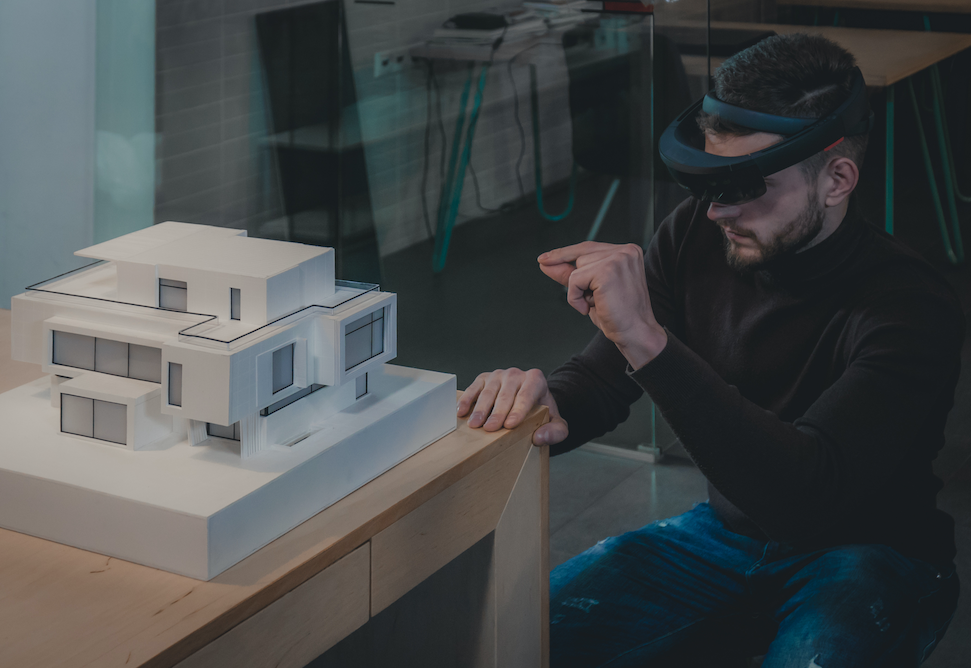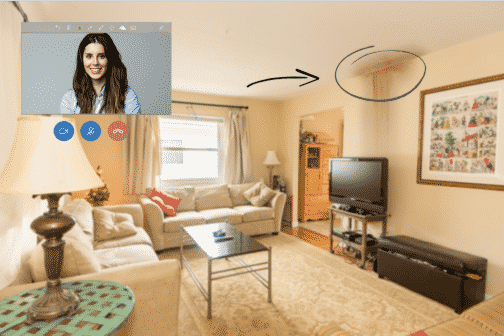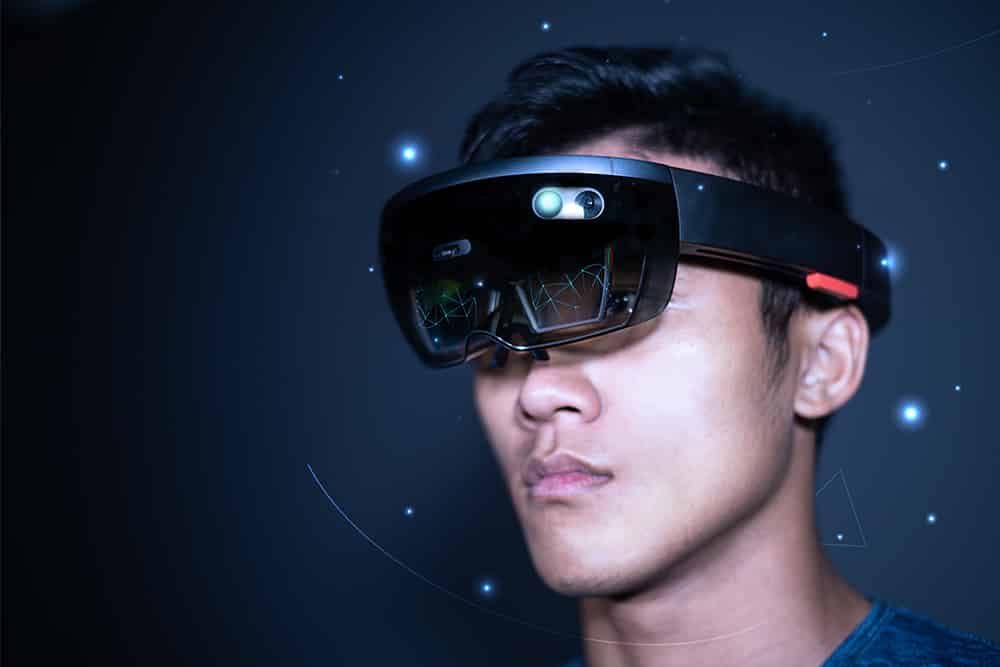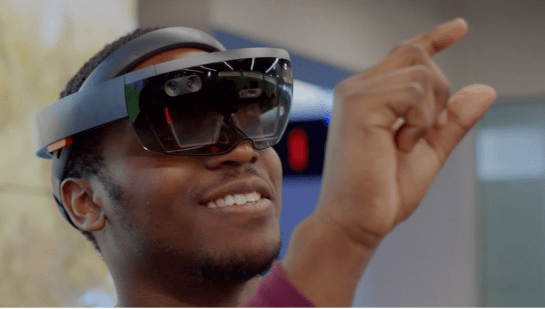The insurance industry is growing dynamically with new players entering the market every now and then. Like any other customer-oriented industry, the insurance segment focusses on meeting customer satisfaction. In order to win customer trust and loyalty, an insurance company needs to ensure a smooth claim processing procedure and faster claim payment. The insurance industry plays a major role in the global space for the amount of premium it collects, its scale of investments, and the personal and business risks it covers.
As per reports, a swift jump of 66% was observed in the property and casualty (P&C) sector in the world’s largest insurance market, the United States in 2018. The industry saw a net income of US$ 60 million. Artificial Intelligence (AI) and digitalization are set to change the trend in the coming years, heralding a new era for the insurance industry. It was reported that in 2017, the insurance industry invested $124 million in AI whereas other industries invested around $70 million on an average.
As per McKinsey’s Insurance 2030 Report, with the implementation of new learning techniques like convolutional neural networks, AI can imitate all skills of the human mind like reasoning, problem-solving, and perceiving. With the implementation of AI learnings, the insurance industry will not just “detect and repair” but it will be able to “predict and prevent”.
One promising strategy of AI that can be further explored to provide greater strides for the insurance industry is computer vision technologies. A video solution can provide breakthrough resolutions for augmented reality insurance claims. The computer vision technologies help to gather and classify images from the site of damage and route the inquiries to the appropriate adjusters or agents for a speedy assessment of the incident.
Visual technologies for a faster claim settlement
Visuals of the site of damage are the key evidence for the resolution of a claim. Visual technologies offer a communication platform that enables a representative from an insurance company to visit a site of damage virtually and collect evidence to support a case. As the adjuster or agent has immediate access to the site for augmented reality insurance claims, time and effort that would otherwise be spent on actual site visits and email communication with the customer is saved. In most of the cases, claim settlements are initiated right after the First Notice of Loss (FNOL).
Another advantage is these technologies enable the capture of information that might be temporary but critical such as vehicle position, road conditions, etc. All this information can be used to resolve disagreements, if any, in the future.
The validations are real-time and accuracy is 100%. This leads to more satisfied customers, as reflected in the Net Promoter Scores (NPS). As the videos are live and secure, concerns regarding fraud are addressed.
How does visual technology work?
A lot of people now-a-days ask what is the difference between Mixed Reality, Augmented Reality & Virtual Reality, While, it is easy to process a claim using visual technology or Augmented Reality.
Using Augmented Reality Tools, the adjuster can review the site of damage by just establishing a live video connection with the customer. The best thing is there is no need to download any app for it.
For example, a car skids off the road and is badly damaged. In order to process the claim, the customer can just connect to the insurance agent through a live call and show the cause and extent of the damage. The customer can show related evidence like the specific signs of the intersection, the position of the car, the road condition, etc.
In cases that are not time-sensitive, the customer can afford to upload the evidence as per his convenience. The technology allows uploading images and videos of the insured objects to validate and expedite claim processing. This helps in rapid and accurate assessment without the need for expensive fieldwork.
This technology records and broadcasts to the viewers in real-time as it combines video streaming and augmented reality. The AR imposes an image generated by the computer on the viewers’ vision of the real world. As the two technologies merge, the result is a powerful and collaborative remote visual guidance.
Overcoming the challenges in the claim settlement process
Visual technology proves to be a game-changer in the insurance industry by ushering in new approaches to claims adjustment, insurance IoT, and damage recognition. While computer vision technologies cut the claims processing and settlement time drastically, it also reduces claim costs and travel time. All these lead to happy and loyal customers with a drastic cut in fraudulent cases.
Smart Technology in Insurance
Connected smart devices influence the conditions of insurance premiums. Alarm systems, in-vehicle telematics, CO detractors, smart smoke systems are some examples of smart devices. IoT capabilities come in handy for the insurers to boost interactions with customers and simplify claim processing. Sensor-driver decision analytics can be used to track and tackle fraud. IoT sensors can be used to monitor and review price models and consequently introduce demand-adjusted or usage-based pricing.
Integrating the Internet of Things (IoT) can be challenging. Visual communication powered by Augmented Reality helps the customers to install, activate, and maintain these devices. Video-based claim resolutions offer interactive and real-time guidance from the industry experts in filling out claim papers and settling the augmented reality insurance claims as early as possible. With the support of visual technology, the insurance industry is all set to herald a new era of faster and hassle-free claim processing experience.




